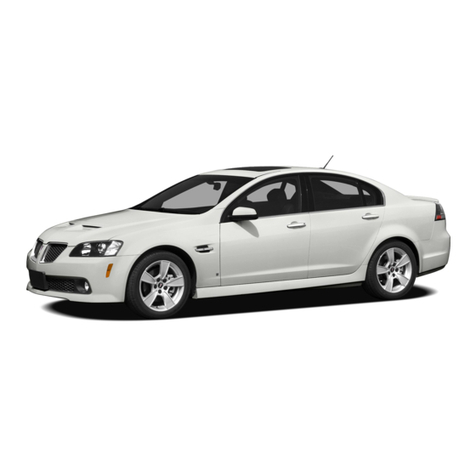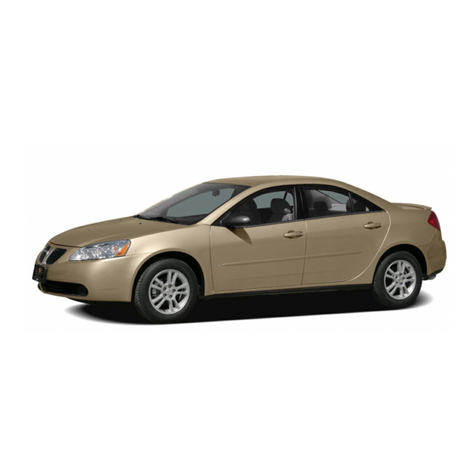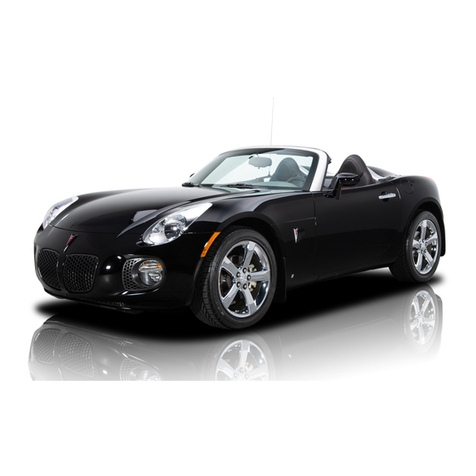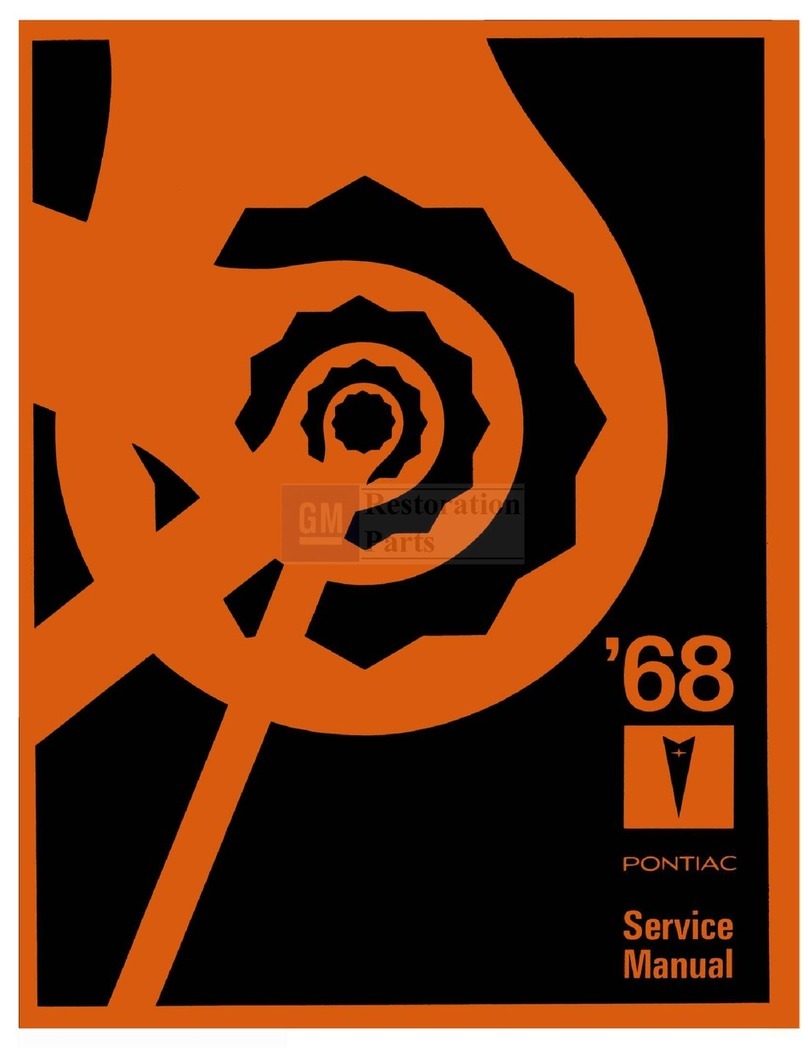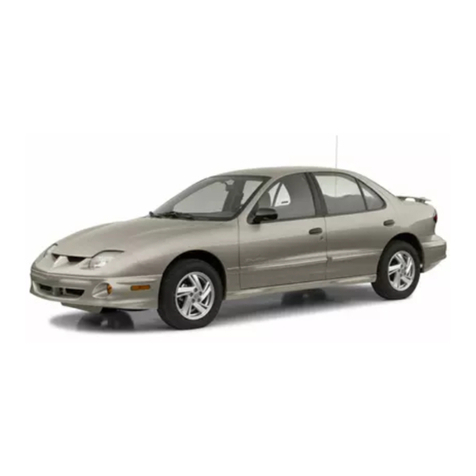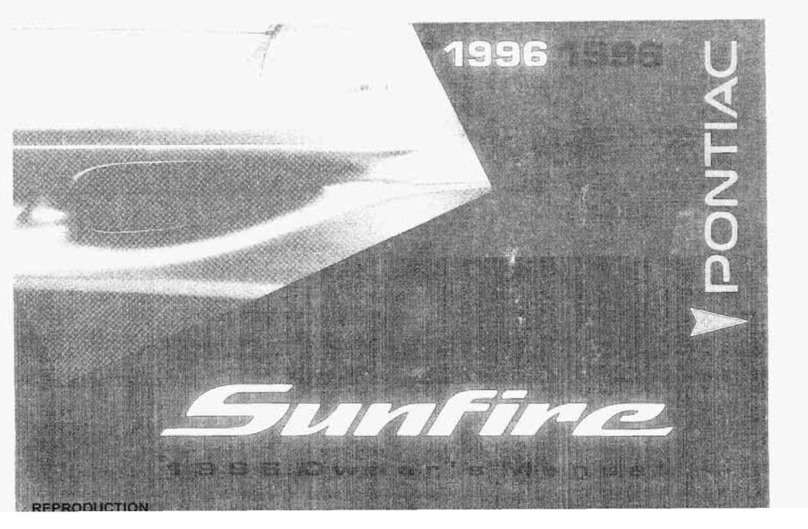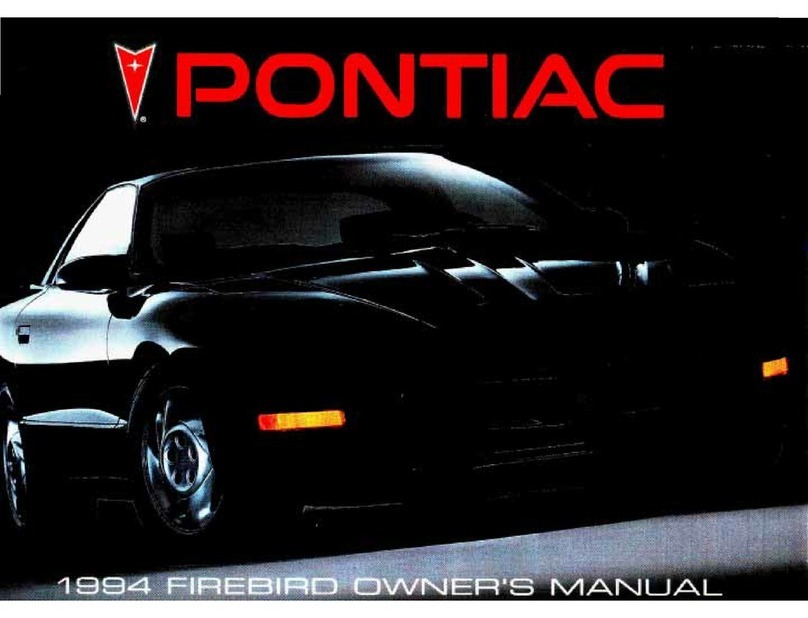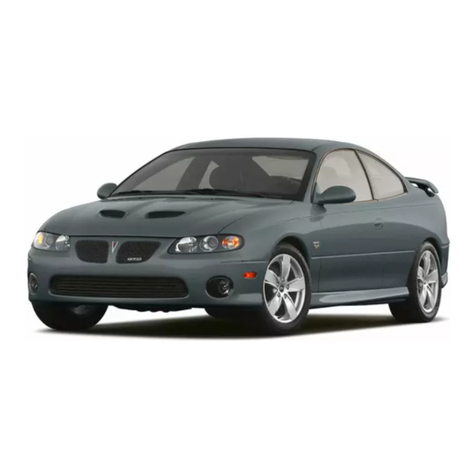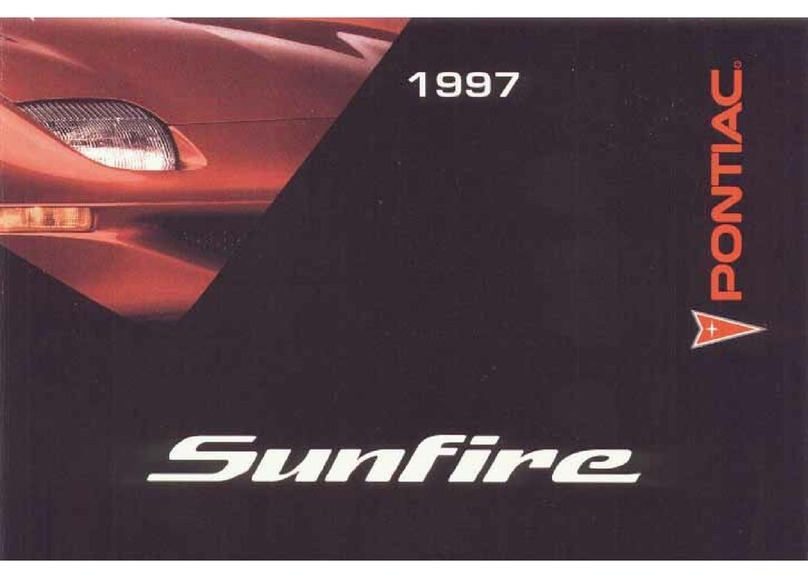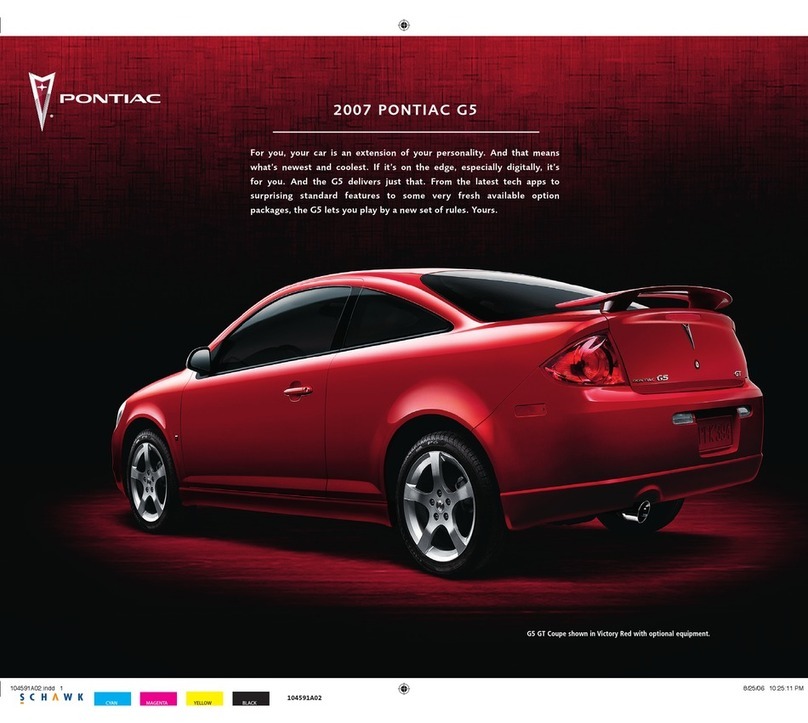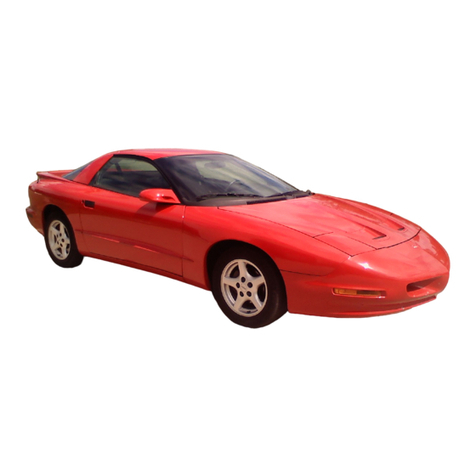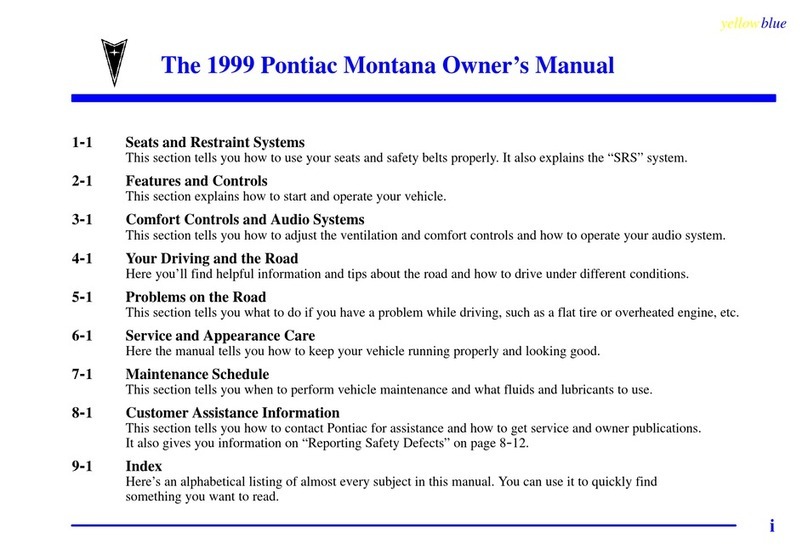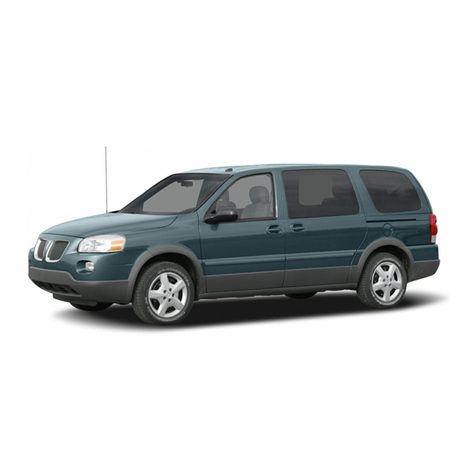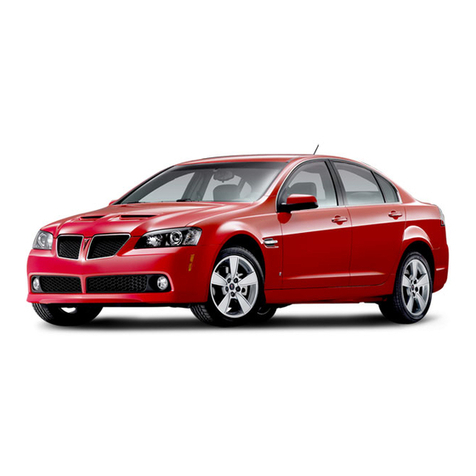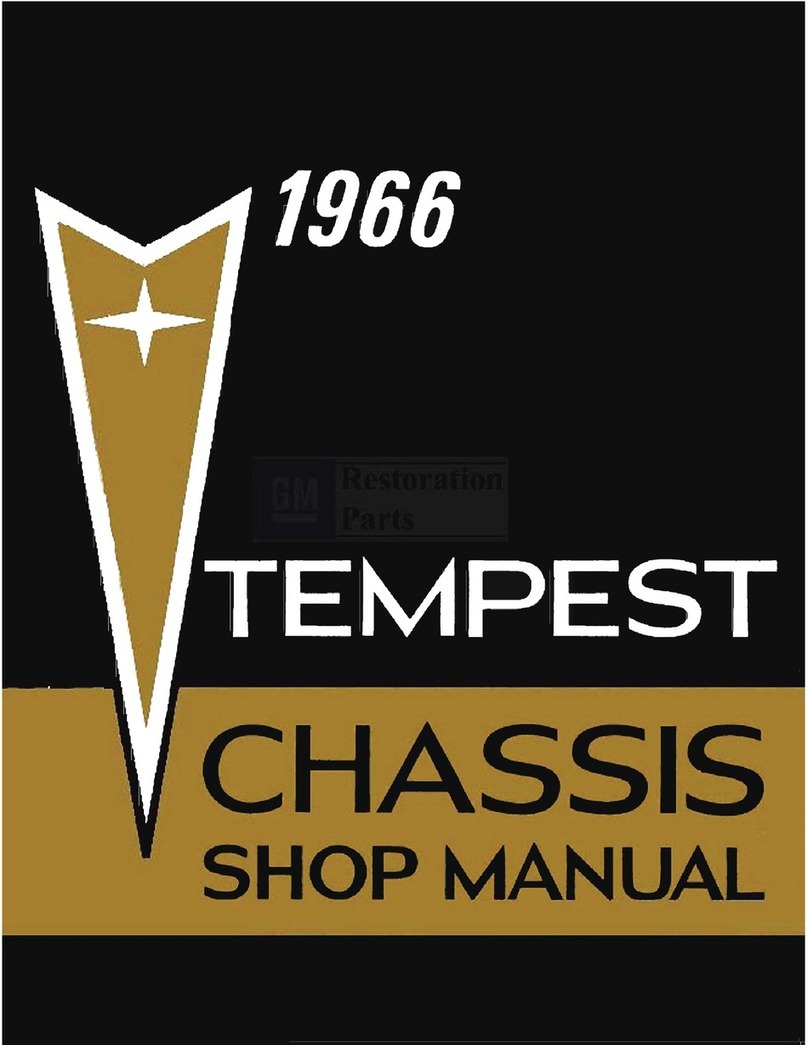YOUR PONTIAC'S FIRST
FEW
HUNDRED MILES OF DRIVING
Sound design and precision manufacturing methods will
permit you to operate your new Pontiac from its very
first mile without adhering to a formal "break-in" sched-
ule. However, during the first few hundred miles of
driving you can,
by
observing a few simple precautions,
add to the future performance and economy
of
your car.
•
It
is
recommended that your speed during the first 500
miles be confined to a maximum of 60 M.P.H.,
but
do not
drive for extended periods at
anyone
constant speed,
either fast
or
slow. During this period, avoid full throttle
starts and, if possible, abrupt stops.
• Gentle braking during the first few hundred miles of
operation will result in longer brake life and better future
performance. Avoid hard stops especially during the first
200 miles of operation since brake misuse during this
period will destroy much future brake efficiency.
• Always drive at moderate speed until the engine .has
completely warmed up.
DRIVING FOR ECONOMY
Proper maintenance and wise operation will combine
to
help you achieve maximum fuel economy with your
Pontiac. Your Authorized Pontiac Dealer can properly
tune and maintain
your
car but wise operation
is
your
responsibility. Give the car sufficient warm-up time, do
not make full throttle starts
or
unnecessary severe stops,
and drive at reasonable speeds and
as
steadily as traffic
permits to gain the benefits
of
all the economy built into
your Pontiac.
CAUTION:
Avoid
inhaling exhaust gases especially in an enclosed area such
as
a garage. Exhaust gases contain a percentage
of
carbon monoxide which
is
a potentially lethal gas that, by itself,
is
tasteless, colorless, and odorless. The exhaust system should be
inspected for proper mounting, leaks, and missing
or
damaged parts each time the vehicle
is
raised for lubrication or oil change
service.
7
